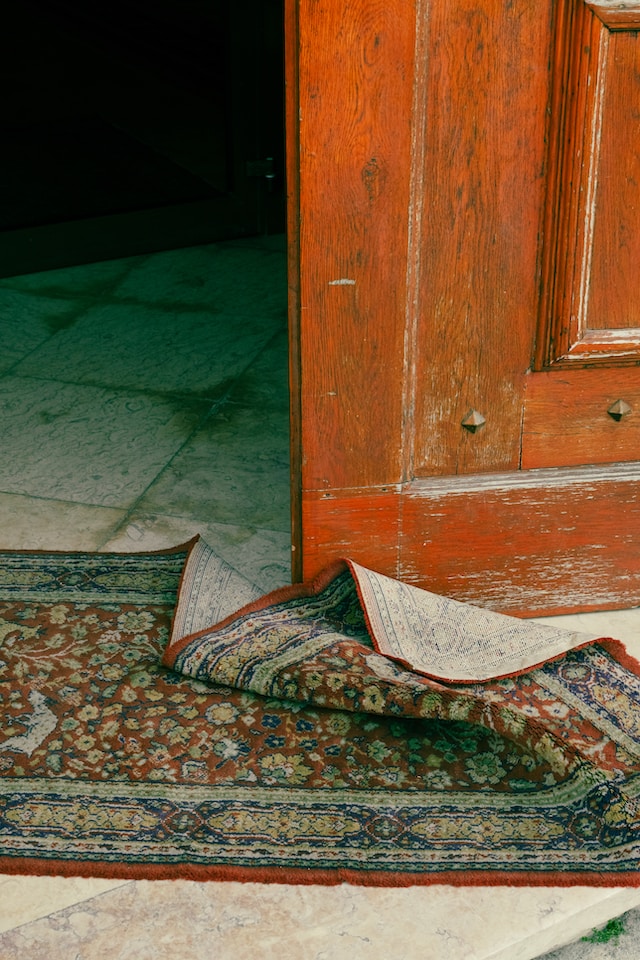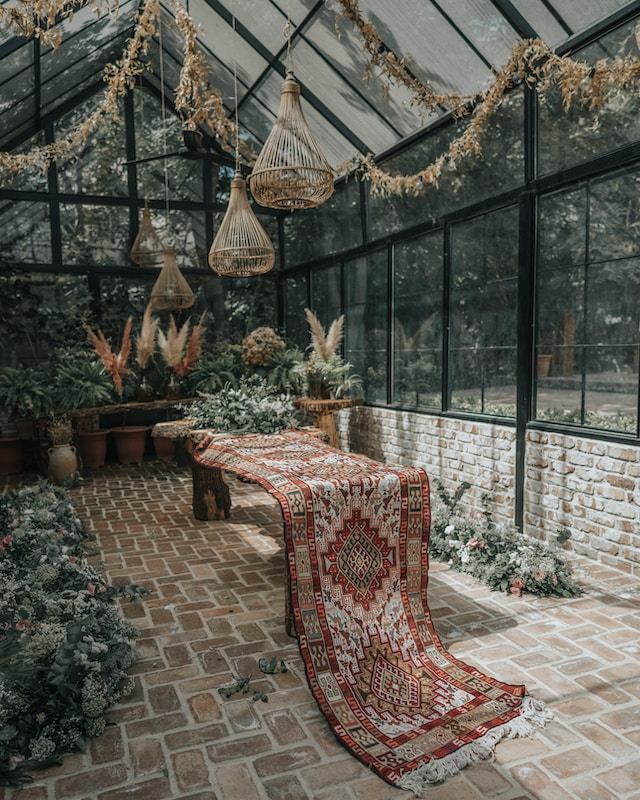
Native American art
Introduction to Native American art
Introduction to Native American art is a fascinating subject that showcases the diverse and rich cultural traditions of indigenous peoples in North America. From intricate beadwork to stunning pottery, Native American art encompasses a wide range of mediums and styles that reflect the spiritual beliefs, customs, and history of various tribes.
One lesser-known aspect of Native American art is its connection to nature and the environment. Many pieces incorporate symbols of animals, plants (including), and landscapes that hold deep significance in tribal lore. (However), this important relationship with nature is often overlooked or misunderstood by mainstream audiences.
Despite being marginalized for centuries by colonial powers, Native American artists have persevered in preserving their heritage through traditional artistic practices. Today, there is a growing recognition and appreciation for the unique contributions of indigenous artists to the global art scene.
Transition phrase: In conclusion, Introduction to Native American art offers a window into the rich cultural tapestry of indigenous peoples on this continent.


